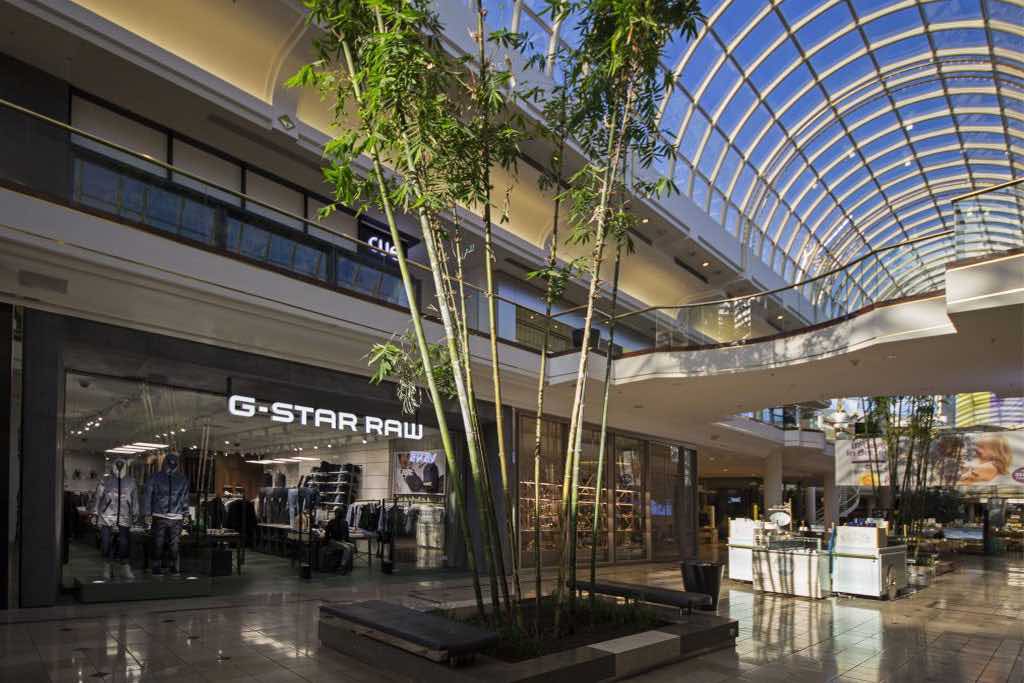It’s true that today’s shopping centres aren’t what they used to be. But, that isn’t necessarily a bad thing, says Storepro CEO, Shane Young. ‘When they’re done right, contemporary shopping centres are much better than the older style. But, they really need to be designed with an eye to the future, a finger on the pulse of current consumer behaviours, and a solid understanding of what people expect to experience when they go to a shopping centre precinct today.’
In suburbs across Australia, smaller and older centres are struggling to respond to the changing needs and expectations of consumers, often relying on one or two major retailers to keep a whole precinct afloat. These ‘dead malls’, as they’re referred to in the US, have become ghost towns, stripped of the central position they used to occupy in public life.
The reasons for the collapse of these shopping centres seem to be manifold. Some commentators suggest that the rise of online behemoths such as Amazon is to blame, making shopping from the comfort of your own home an accessible, convenient activity for anyone with an internet connection. In the States, industry experts have also speculated that an oversupply of FMCG (fast-moving consumer goods) retailers concentrated in small areas may also have contributed to the demise of them all.
In Australia, fingers are pointing at changing customer demographics as the reason for the move away from the shopping centres of yesteryear. With younger generations moving into position as the primary consumer group, different shopping and purchasing behaviours have emerged, and traditional shopping centres are ill-equipped to cater to them. ‘People don’t want cookie-cutter shopping centres with the same layout, same aesthetic, same retailers and the same tired infrastructure anymore,’ says Shane Young. ‘Younger segments of the population expect variety, a multi-faceted shopping ‘experience’ and innovation in how they can engage with a space. And, when they don’t get it, they vote with their feet and go elsewhere.’
Whatever the reason for their decline, it’s become clear that our shopping centres need to evolve to maintain their place in today’s consumer lifestyles. What’s been missing, says Young, is a sense of community in our shopping centres, and the ability to use these centres in a variety of ways, for socio-cultural purposes as well as for shopping and entertainment. ‘We’re seeing some really exciting developments with shopping centres offering markets, creative workshops, community group meet-ups, spaces to work and play and spaces to just relax in, ‘ says Young. More and more, the contemporary shopping centre has become a mixed-use venue, with commercial, retail, service providers such as banks and medical centres, residential and dining outlets cohabiting together to provide a one-stop shop for entertainment, daily life tasks and accommodation, all in one unified location.
While this designation has helped to revitalise some of the major centres across Australia, more still needs to be done to offer shoppers an interesting, engaging experience when they visit, says Young. ‘When we design a store in a shopping centre these days, we think differently about how a customer will use the space. We want to offer them a streamlined, intelligent layout, we want to showcase the offering, but we also want to excite them, interest them and encourage them to return again and again.’
That’s something that bricks and mortar stores will always have over their online counterparts, concludes Young. ‘Customer service as an exchange between people of a community in a shared physical space is an experience that can’t be replicated in the online environment, no matter how hard they try. In future, there’s likely to be a lot more blurring of the lines between physical and online stores, and it will be interesting to see how that evolves. But a person who is there in real life to assist you to meet your consumer needs is an advantage, and one stores will do more to capitalise on in the next chapter.’

